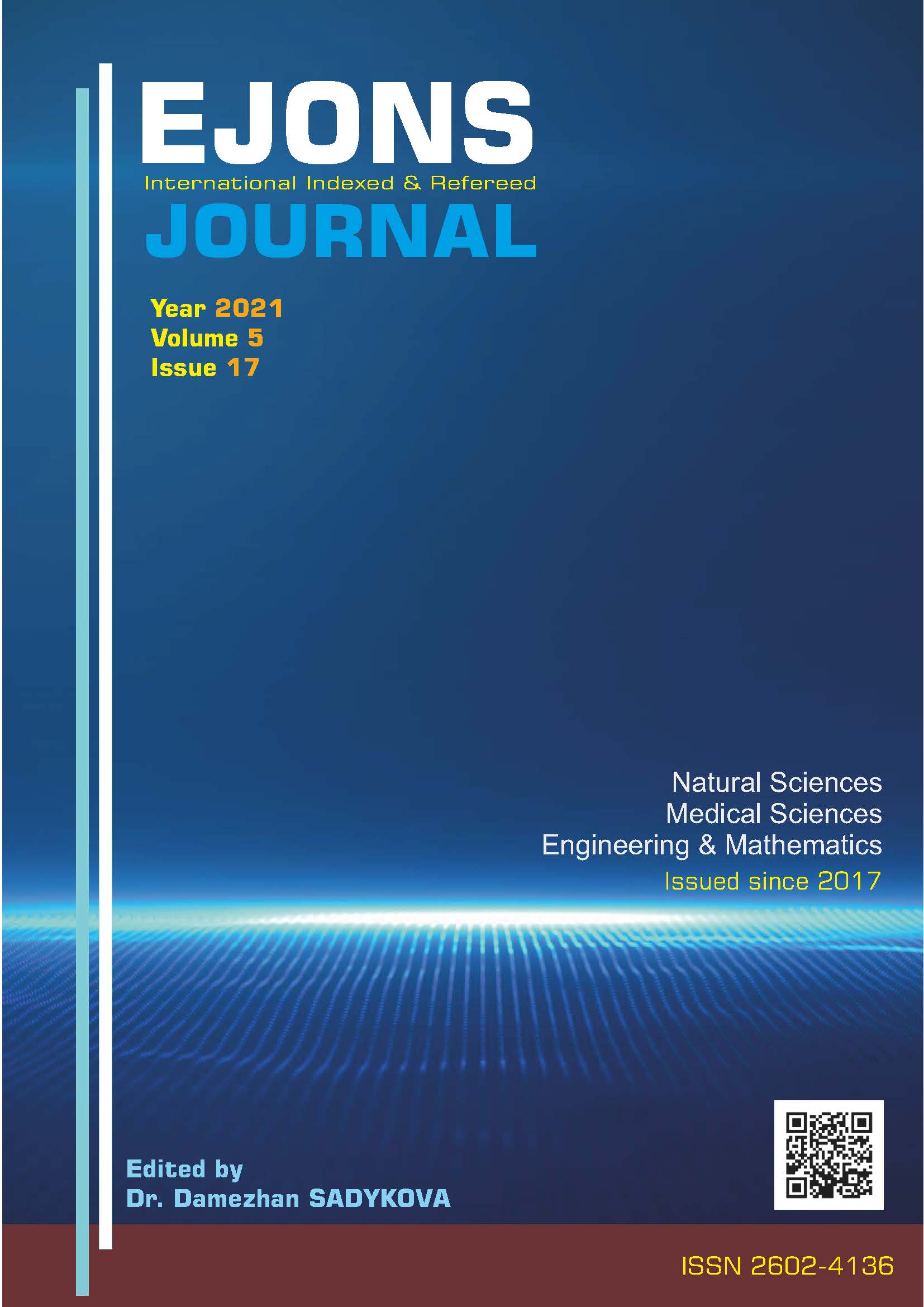EPILEPTIC SEIZURE IN A PATIENT ADMITTED WITH AMITRIPTYLINE INTOXICATION
DOI:
https://doi.org/10.38063/ejons.388Keywords:
Amitriptyline, epileptic seizure, suicideAbstract
Amitriptyline is one of the pharmacological agents commonly used in suicide attempts. In this case report discussed, findings about the condition of the patient who had epileptic seizures with ingestion of high doses of amitriptyline below the toxic dose are presented. A 21-year-old female patient was brought to the emergency room by her family because of a suicide attempt. In the anamnesis taken, it was stated by the patient that she did not have a chronic illness and regular drug intake before; and after a family conflict, he took amitriptyline 10 mg belonging to her mother 3 hours before the visit to the emergency service. She suffered a tonic-clonic seizure at the 20th minute of her emergency admission. By establishing vascular access, whole blood (WB), biochemistry (BC), cardiac enzymes (troponin I, CkMB, blood gas (BG), coagulation and fully automatic urinalysis (FAU) were requested and electrocardiography (ECG) was taken. Electrocardiography (ECG) parameters were evaluated as normal. Since there was no change in the Glasgow Coma Scale (GCS) during the 24-hour emergency room observation, the patient was discharged with the recommendations of the psychiatry and neurology polyclinic. Suicide is ranked among the serious health issues in all societies. According to the data of the World Health Organization (WHO), it is reported that every year 800 thousand people put an end to their lives through a suicide attempt. For this reason, it is important to identify groups that attempt suicide in the community and to establish psychosocial support mechanisms. It is thought that the prevention of morbidity and mortality due to suicide attempts can only be achieved by preventing suicides.
Downloads
Published
How to Cite
Issue
Section
License

This work is licensed under a Creative Commons Attribution-NonCommercial 4.0 International License.


